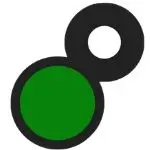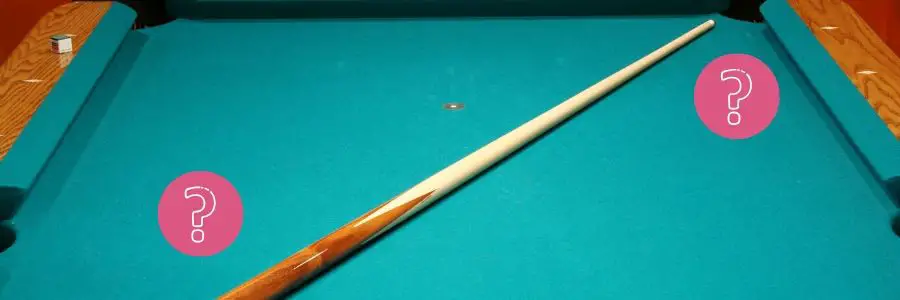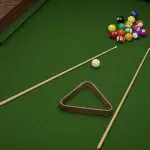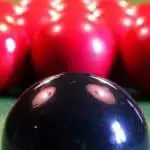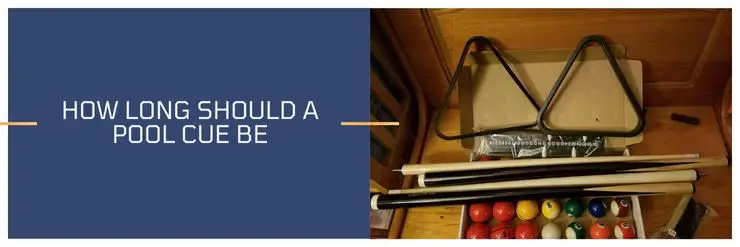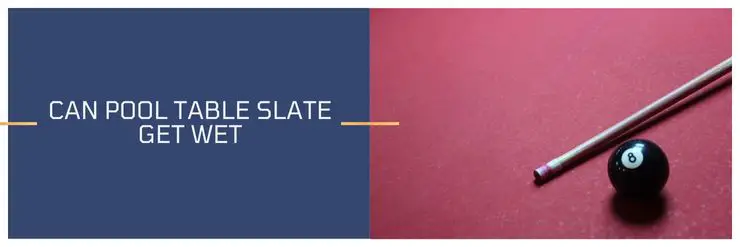To a lot of people, the pool cue, at first sight, looks simple and has just two major parts.
Truth is there are lots of intricate parts of the pool stick that altogether play an essential role in the game.
Over time, some of these parts, such as the cue tip, cue wrap, or cue shaft, will need to be changed or upgraded to improve the cue performance.
Therefore, every pool player must learn the basics of what is a pool cue and the anatomy of a pool cue to remain relevant about the game. Let’s begin our pool cue anatomy journey from the top of the pool stick.
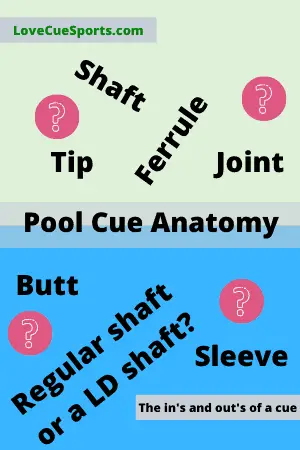
What is a pool cue
I think it’s worth taking it right back and answering the most fundamental question, what is a pool cue?
Two of the most common names given are pool cue and pool stick – Both refer to the same thing.
So, what is a pool cue or pool stick? Its is basically a long tapered stick. Standard cues usually have a length of 58 inches long.
I will spare the details of the pool cue anatomy as I’ve detailed that below.
They are used while playing pool – or any other form of cue sports such as snooker or carom billiards. Some cues may differ slightly depending on the cue sport being played and the preference of the player but the basics are all the same.
When it’s your turn at the table, you will need to hold the pool cue and take aim at your cue ball, which is usually the white ball.
When you have aimed correctly, using the cues’ tip you strike your cue ball into an object ball, in most cue sports the idea is to hit the object ball into one of 6 pockets on the table.
so what is a pool cue – It’s basically a tool used to hit the balls on the table. Hitting the balls with anything other than a cue would be against the rules.
Pool cue anatomy: Features of the cues’ shaft
Cue Tip:
At the tip of the cue is the part used to hit the cue ball; it is made from compressed, treated leather. The size of the tip is usually between 11 mm to 14 mm, although the standard tip is 13 mm.
The hardness of the tips also varies. You could get a soft tip, medium-density tip, or a hard tip, with each having a unique function.
Statistics show that beginners largely prefer softer tips, while the hard tips seem to be an option for most professionals and experienced players.
The medium tip is, however, the most commonly used tip. The tip is either screwed to the pool cue or glued to it.
The Ferrule:
The ferrule is the part of the pool cue used to strengthen the tip, and also reduce the vibration felt by the players when they shot.
It is usually white in color and is located right under the tip. The ferrule is made from solid plastic material, and also helps to keep the shaft from breaking.
Just like the tip, the ferrule can be screwed to the cue, glued to it, or slipped on it. Starters in the game of pool really don’t give much consideration to the ferrule, but more advanced players are conscious about it.
They often ensure it doesn’t bring any level of inconsistency to their shot.

The Shaft:
This is the longest part of the top half of a two-piece cue.
The shaft is usually made from maple wood, although one can still find a shaft constructed with graphite or fiberglass.
For a more consistent shot, the length of the shaft’s taper should become smaller toward the tip.
The shaft wood should also be smooth to allow the cue to slide through your fingers.
The Joint Collar – (Shaft):
Another vital part of the pool cue is the joint collar. It serves as a connection between the shafts and the butt of the pool stick.
Besides, it enables a smooth impact energy transfer from the Butt to the shaft.
The joint collar (also known as ringworm) when strongly connected brings stability to your shooting, while a weak joint will throw off your shots completely.
Pool cue anatomy: Features of cues’ butt
The Joint Pin:
At the top of a pool cue butt sits the joint pin. Although in some cues, the joint pin is at the end of the shaft.
This pin connects the cue butt to the shaft. There are different types of pins used; the speed-Loc and the Radial are the most popular types.
The joint collar – (Butt):
The butt collar does a similar function as the joint collar and is located on the shaft just under the joint pin.
It is the butt collar that is responsible for making a two-piece cue appears like that of a single piece. The most common material for its construction is Stainless Steel.
The Forearm:
The longest part of the cue butt is the forearm, which is found after the butt collar.
It is the forearm that gives manufacturers the leverage to include their special designs/ stamp of individuality to the cue.
It is a relatively small area when compared to other parts of the cue, but it plays a big role in determining the cue’s price.
There is always a protective glossy coating seal that comes with the forearm.
The Wrap:
The wrap (usually made from Irish linen or imitation, real leather or silicone) is found below the forearm. It is responsible for protecting the pool cue from sweaty palms, and tight grips.
It also helps pool players have a good grip on the cue; thus, controlling their game well. However, some players prefer to have a natural handle to the pool cue, so they get pool sticks without a wrap.
Butt Sleeve:
Located just underneath the wrap is the butt Sleeve, bearing the same design as the forearm.
More often than not, you will find an interchangeable weight bolt system inside the butt sleeve.
This weight system helps you adjust the weight of your pool cue, heavier or lighter.
Bumper:
The bumper happens to be at the end of the cue butt. It is made from rubber and is used to absorb the impact of a player’s shot.
The bumper also serves as a protective guide to the pool stick against any collisions with walls or other players.
Low deflection shaft vs regular shaft
In the game of pool, there are different shafts available for players to use in trying to increase their shot abilities.
You have the standard, regular shaft. As with the LD shafts, These vary in playability. The higher-end models are extremely well-made cues and many good and pro players prefer them to LD shaft.
One of the main differences between the two types of shafts is the way they are made. LD shafts have less mass than regular shafts due to the way they are made.
With the shaft having more mass it produces more cue ball deflection.
A low deflection shaft, on the other hand, is used when the player wants the cue ball to deflect less, staying more true to its original path.
When accurately achieved, and used correctly, low deflection can be that magic that changes any game.
The deflection from the shaft is usually very slight, but effective; hence the shaft is considered helpful in achieving better results.
Different tapers or ferrules incorporate low deflection technology into its shaft.
In my opinion, Both shafts are great, I wouldn’t say one is better than the other. It really depends on your personal preference. If you can play with a low deflection cue then it can increase your accuracy. unfortunately, this comes at a financial cost.
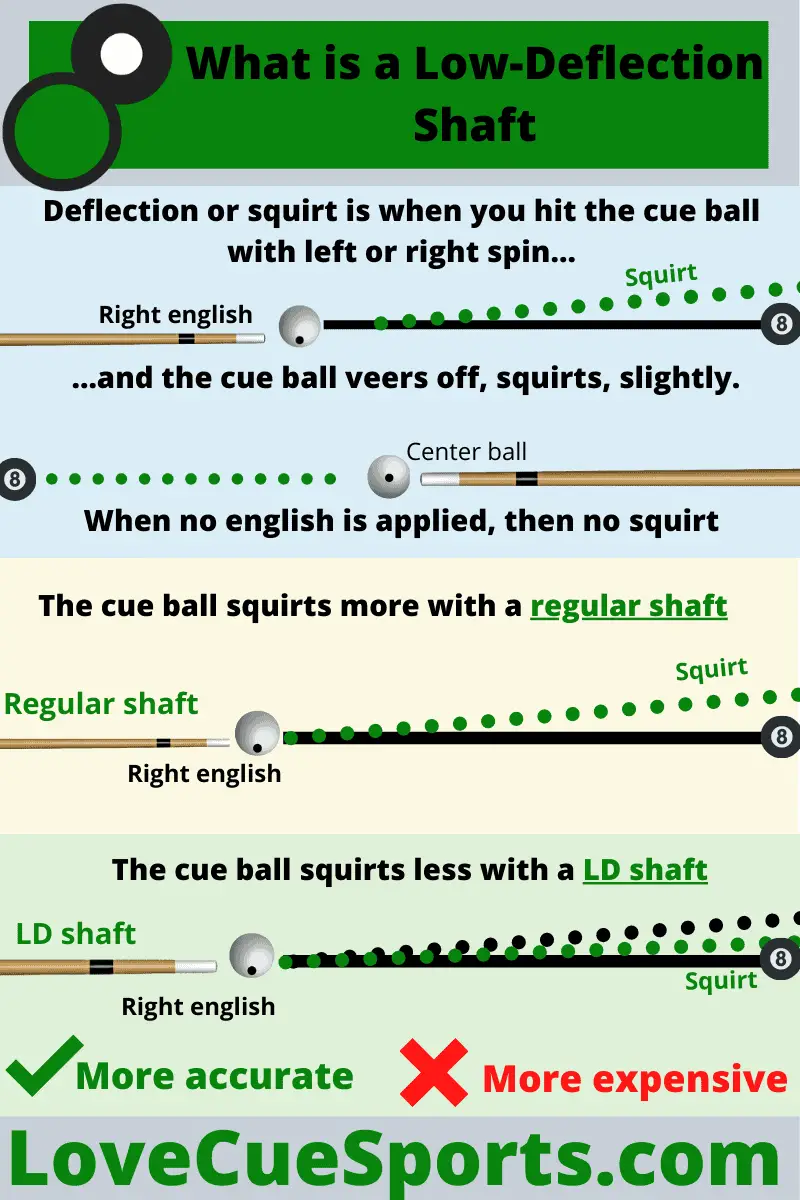
Conclusion
From the above, you now have an understanding of pool cue anatomy and each function.
This understanding should help you play a better pool game, and also informs your choice of the pool cue to purchase.
Whether playing for fun or doing it professionally, there is a pool cue configuration that would give you that perfect shot. You can make your choice!
Rob is an avid player and fan of all cue sports, particularly 8-ball, and snooker. He has competed in a few local 8-ball tournaments and although he is not a professional, he can compete with the best of them.
